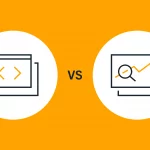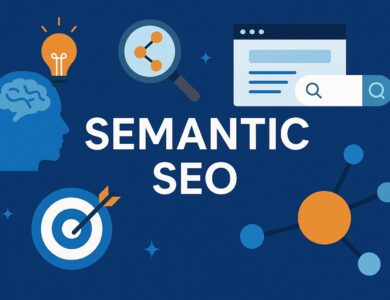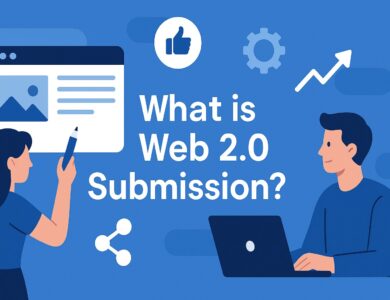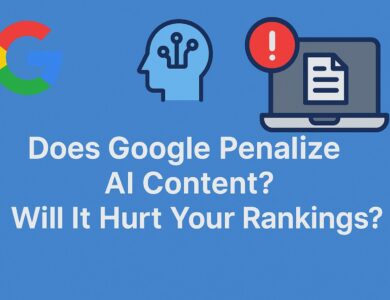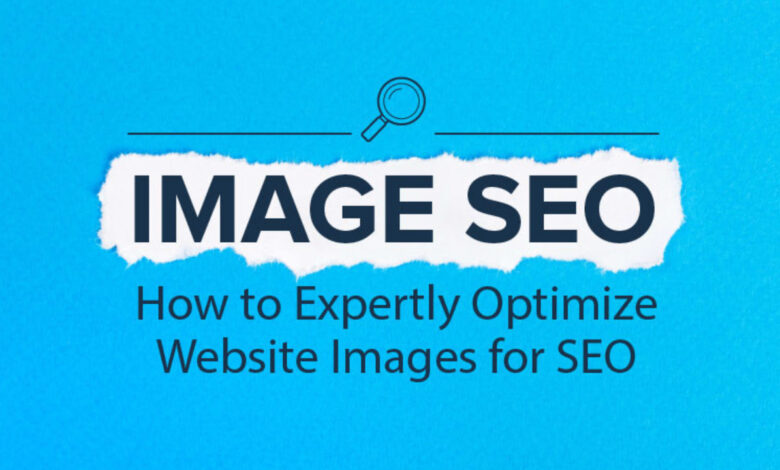
A picture paints a thousand words. The increasing online dominance of visual content offers new opportunities to increase search traffic to your website. In this article, I’ll tell you how to capitalize on these opportunities by optimizing images.
In order to achieve beautiful organic results in Google’s search results, it is important to take into account the many ranking factors of the Google algorithm. When optimizing images, you will have to take into account certain other factors than when optimizing written content. However, you will be surprised by how many similarities there are between optimizing for content and images.
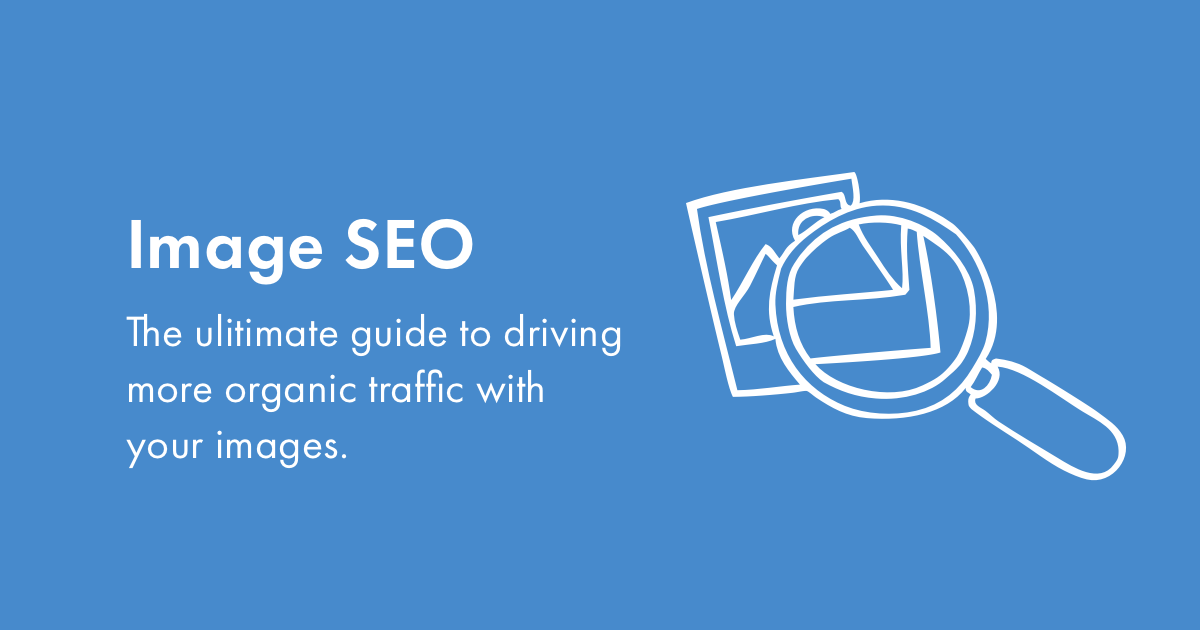
The benefits of optimizing images
Using optimized images has 3 major advantages:
- Images make a text more attractive.
- An optimized image ensures a faster website.
- An optimized image can provide additional website visits via Google Images.
With the tips below, your images will be at the top of Google in no time.
In addition, it is good to know that optimized images can improve the overall performance and ranking of your website. Of course, you want that and you can read how to arrange that below!
1. Choose the correct file type
Website speed is one of the important ranking factors for Google. The image size can have a significant impact on the overall page load time. I recommend using the correct file type. The most common image file types are:
- JPEG
- PNG
- Modern layouts
JPEG
JPEG is the standard when it comes to compatibility. The biggest advantage of the JPEG file type is that it is supported almost always and everywhere, both on social media and in the print shop, for example.
The JPEG file type also has drawbacks. First, images should not have a transparent background. With a JPEG there is always a white area behind the image. In addition, your photo is compressed, which reduces the quality of your photo when you save it.
PNG
PNG is a file type that does not degrade the quality of your image when you save the image. The file type has higher bit rates and can also guarantee transparency. This makes it an ideal file type to display, for example, images on the Internet that do not need a background.
Modern image formats such as JPEG XR, JPEG 2000, and WebP often provide better compression than PNG or JPEG. This results in faster downloads and less data usage. WebP, JPEG XR, and JPEG 2000 are image formats with superior characteristics and quality compression compared to their older PNG and JPEGcounterparts. If you encode the images in these formats instead of JPEG or PNG, it means they load faster and consume less mobile data.
But which format should I use now?
The format you use depends on the type of image and how you want to use it. In short, I recommend:
- Use JPEG for larger photos or illustrations: this will give you good results in terms of colors and clarity with relatively small file size.
- Use PNG if you want the background transparency on your image.
- Instead of choosing JPEG and PNG to use WebP. You will also get high-quality results with smaller file sizes. WordPress users can choose to use a plugin like Imagify or WebP Converter.
- SVG to be used for logos and icons. Using CSS or JavaScript, you can manage and resize images in, among other things, SVG format without loss of quality.
2. Optimize the file name and title text
An image with a relevant file name has a better chance of scoring well. The file name is the ultimate place to add the keyword you’re optimizing the image for.
The main difference from the file name is that it must be both human-readable and machine-readable. Therefore, use spaces to separate the words in your image, no underscores or dashes.
In brief:
Filename – Optimization example.png
Title-text – Optimization example
3. Set the alt attributes
An alt attribute is a text that appears when the image is not loaded. The Google crawler sees this text instead of an image. Because of this, alt attributes are important to SEO. Image optimization plays a vital role in the SEO optimization of the website.
The alt text describes what the image displays. Alt text can help search engines determine not only the content of an image but also the subject of the surrounding text. Imagine when filling in the alt text that the visitor to the website cannot see the image, how would you describe him?
The main function of the alt text is separate from SEO. The alt text is used to describe the image for people with visual impairments. They have software that reads web pages. The alt text is also read by the reading software so that the visually impaired visitors know that there is an image and what is on it. Very important if you consider the user-friendliness of paramount importance!
4. Write content around images
The relevance, quality, and keywords used in the content surrounding the image all affect the ranking of the image in the search results. The introductory text above an image and/or the caption below the image are important.
Everyone knows that content is still king and that a page does not rank without good content. It is sometimes forgotten that a good piece of content and a suitable image reinforce each other.
5. Take mobile-friendliness into account
Since the ‘mobile-first index’, mobile pages are given priority when indexed by Google. Make sure images have the srcset attribute, which makes it possible to display a different image per screen width.
Making an image so-called responsive is especially useful for mobile devices.
6. Use unique images
If you can choose between a stock photo or a homemade unique photo, always choose a homemade unique photo. Stock photos can be used by anyone. You don’t want to risk optimizing the same photo as someone else. Google prefers to show unique content and images.
7. View the performance of your image via Google Search Console
In addition to the above points, many of the ranking factors of written content also apply to images. This also applies to link building. Google sees a link to your image as a recommendation. Popular images, images with many recommendations, score better.
Curious about the results of your images? You can easily view this via Google Search Console. There you can view the performance of the images on your website over a certain period of time. Change the search type to ‘Image’ within ‘performance’.
8. Add images to your XML sitemap
You’ve probably already submitted an XML sitemap through Google Search Console to help Google navigate your website. But did you know that you can also create a sitemap for images?
Do you use WordPress? Then this is easily done via the plugin ‘ Google Image Sitemap ‘. When using a different CMS, I recommend discussing this option with your web developer.
Make the perfect picture of the SEO on your website
So the importance of optimizing images should be clear. Using the tips I just gave you can get started with image optimization. If you apply these tips, both Google and your visitors will understand your website better. In addition, applying the tips will ensure that the website speed improves.
